It seems like Nikola Motors [Nasdaq: NKLA] was able to stop the bleeding of the past few months. The stock is rising again. Up to 30 million shares are now traded each day, a comparatively high volume for the company. The new-found optimism among investors seems to stem from reports about Nikola’s recent progress in meeting its targets. Construction of the Arizona factory is well underway. Then there are new production facilities being built in Ulm, Germany. And another boost for the stock came when competitor Daimler Truck announced its intention to have 5,000 hydrogen-fueled heavy-duty vehicles on the road over the next few years, with business partner Shell providing the fueling infrastructure. Sounds a lot like Nikola’s business model, the difference being that Nikola will produce its own hydrogen, and be able to keep the revenue, instead of outsourcing the task to another company.
Nikola, the start-up business
The most important thing for a start-up to have is a business idea. Or, better yet, its founders have already drawn up a business plan and built a prototype of their product. Some venture capitalists are even willing to invest in an idea only and offer capital or funding based on milestones or similar agreements specified in a start-up’s financial plan. That’s what’s happening in Nikola’s case. The company has recognized that the commercial vehicle market is, right now, the best opportunity for the broad adoption of fuel cells. That doesn’t mean Nikola has abandoned battery-powered solutions. What technology is a better fit depends on a logistics firm’s operations profile. Nikola has developed a software program to answer that question. It is now working together with Bosch and CNH Industrial’s Iveco to construct prototypes and prepare for mass production. The stock market gave Nikola the capital to implement its business plan.
When people invest money like venture capitalists do, they purchase stock knowing full well that it will take time before a business has enough orders, production capacity and profits. It is said that this year, Nikola will be making 50 to 100 units. In 2022, that number may rise to 1,200 to 1,500. In 2023, we could be looking at a production capacity of as many as 10,000 or more (though nothing is guaranteed). Nikola has also begun to put up a fueling infrastructure – a fuel cell truck will be a hard sale if no one offers hydrogen at decent prices. That’s, in a nutshell, Nikola’s business model and it’s similar to Tesla’s eight years ago.
Furthermore, Nikola has inked a sales and service agreement with RIG360, a company with 65 service centers located in key metropolitan areas and major intersections of the US interstate highway system. It also signed a deal for the supply of renewable electricity, in an effort to achieve price parity with diesel. And partner Iveco announced that it plans to market the fuel cell trucks that will be built in Ulm across Europe. Meanwhile, construction of Nikola’s factory in Coolidge, Arizona, has been on schedule. The company’s staff is said to grow from 530 to 1,000 by the end of this year.
… Read more in the latest H2-International e-Journal, May 2021
Risk warning
Share trading can result in a total loss of your investment. Consider spreading the risk as a sensible precaution. The fuel cell companies mentioned in this article are small- and mid-cap businesses, which means their stocks may experience high volatility. The information in this article is based on publicly available sources, and the views and opinions expressed herein are those of the author only. They are not to be taken as a suggestion of what stocks to buy or sell and come without any explicit or implicit guarantee or warranty. The author focuses on mid-term and long-term prospects, not short-term gains, and may own shares in the company or the companies being analyzed.
Author: Sven Jösting, written June 1st, 2021




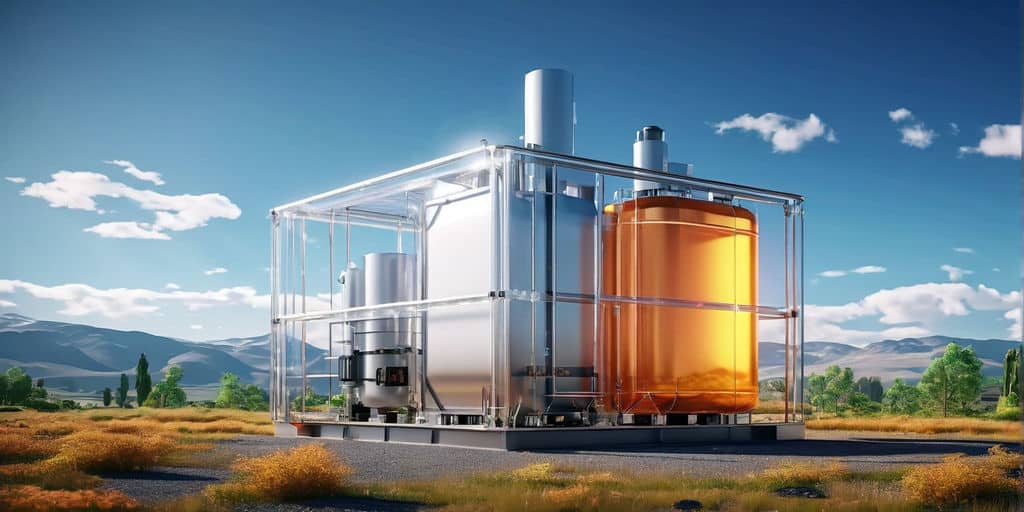

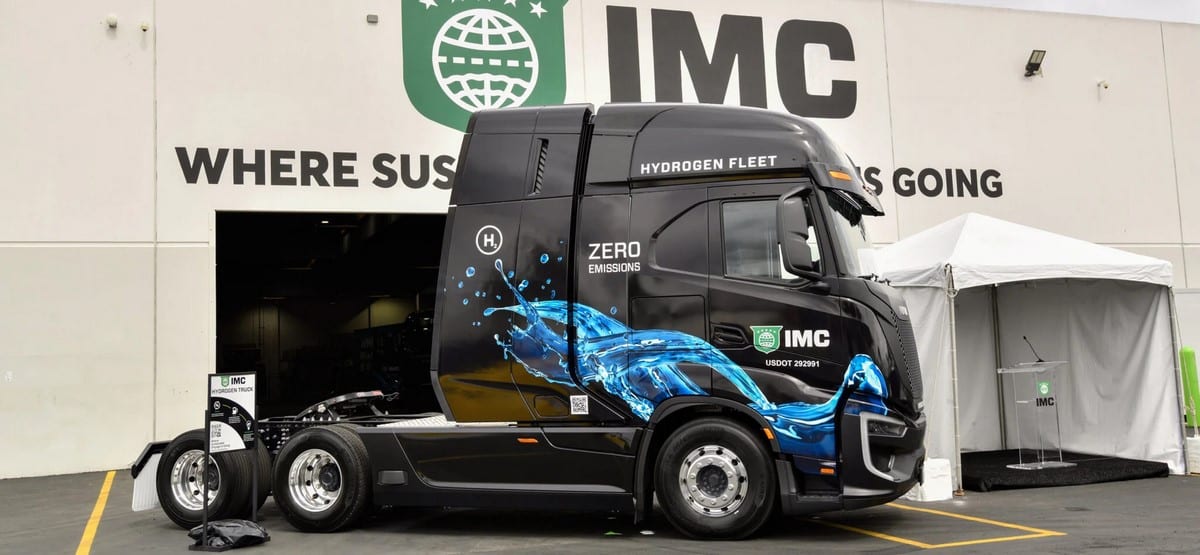

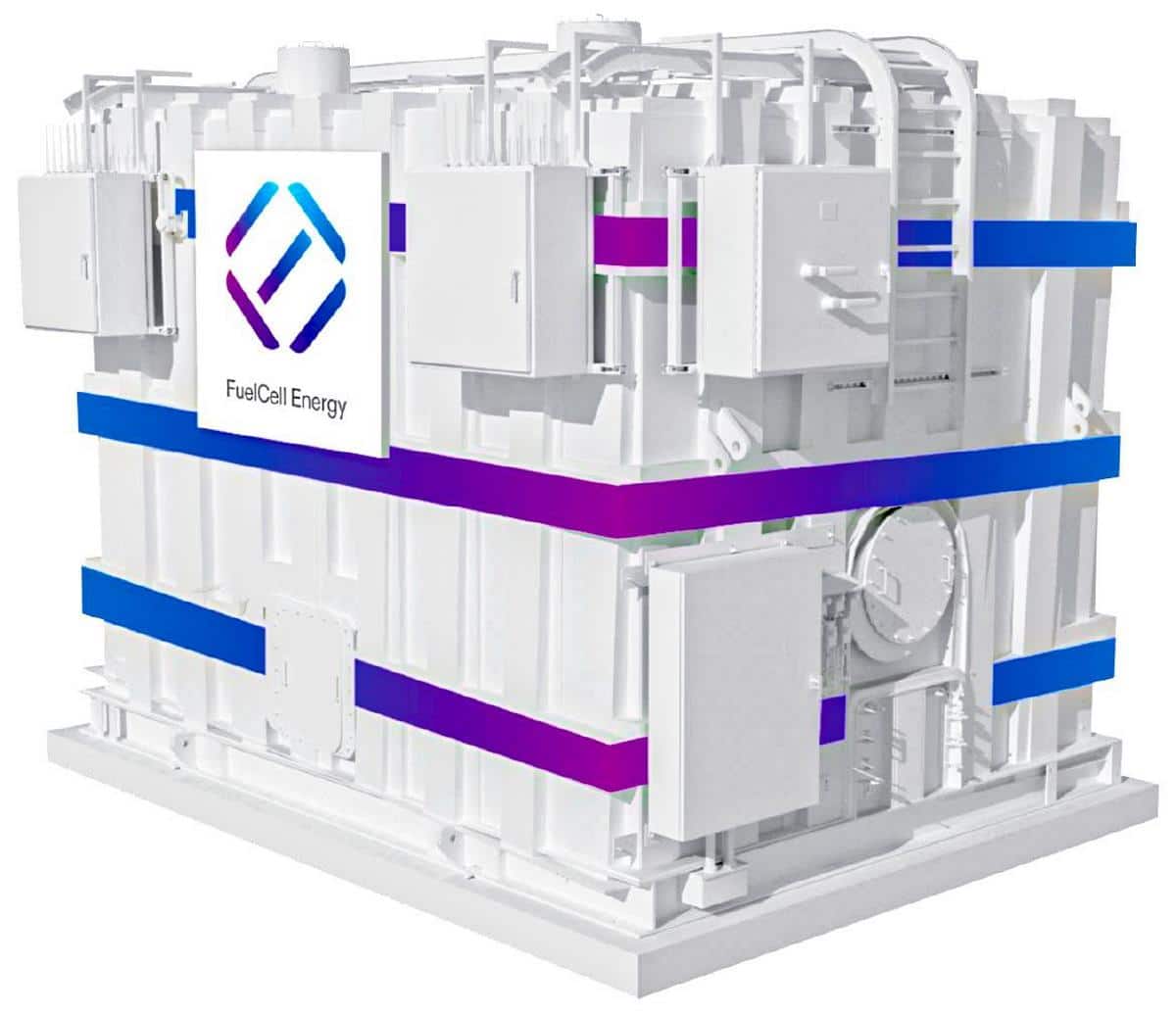
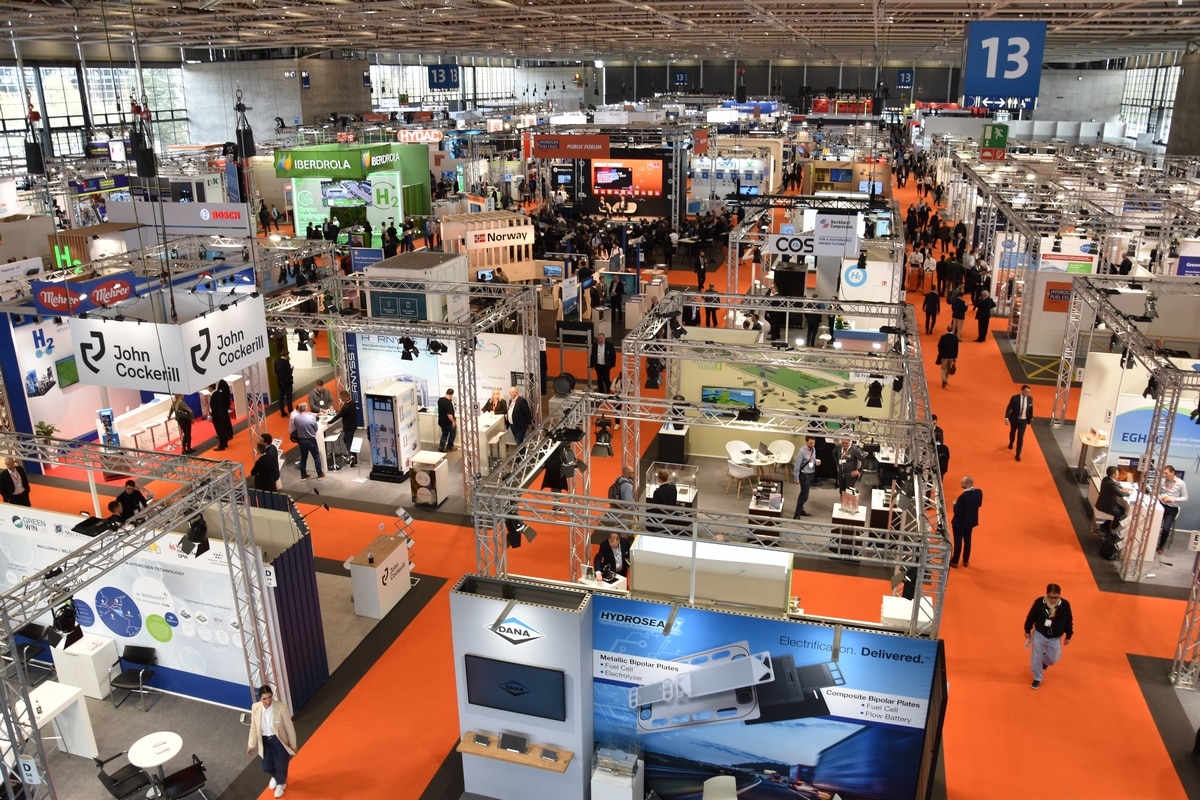


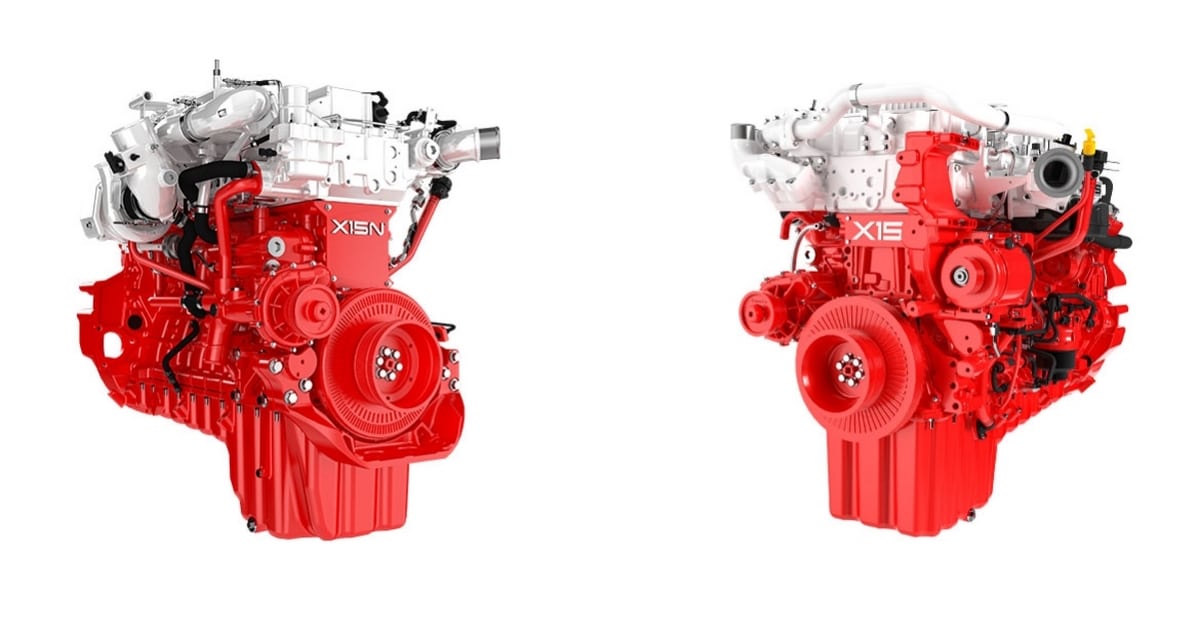
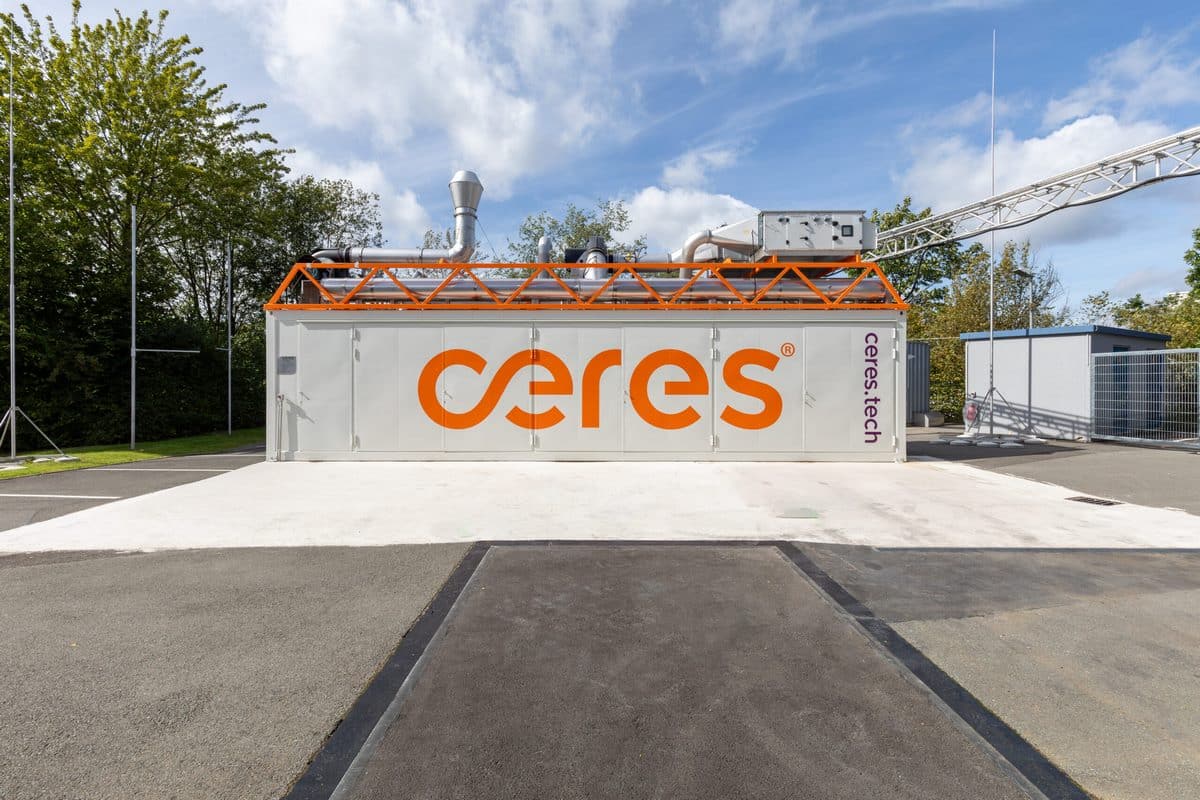




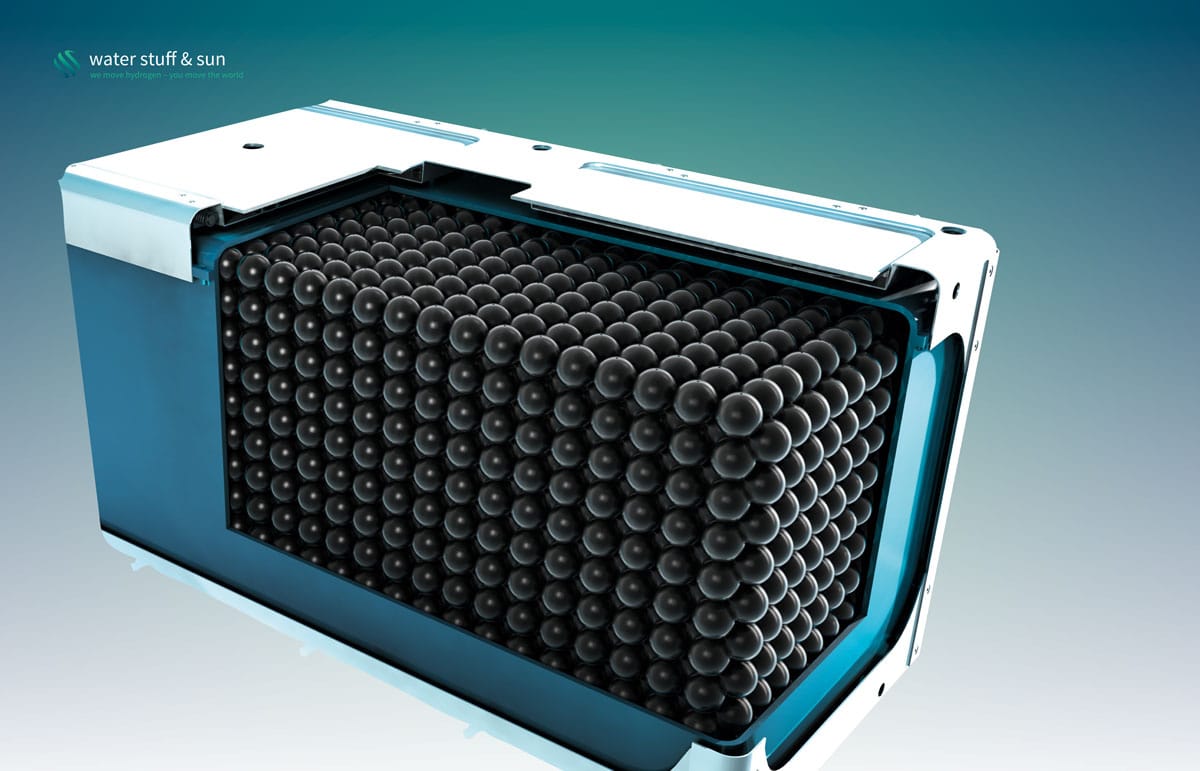

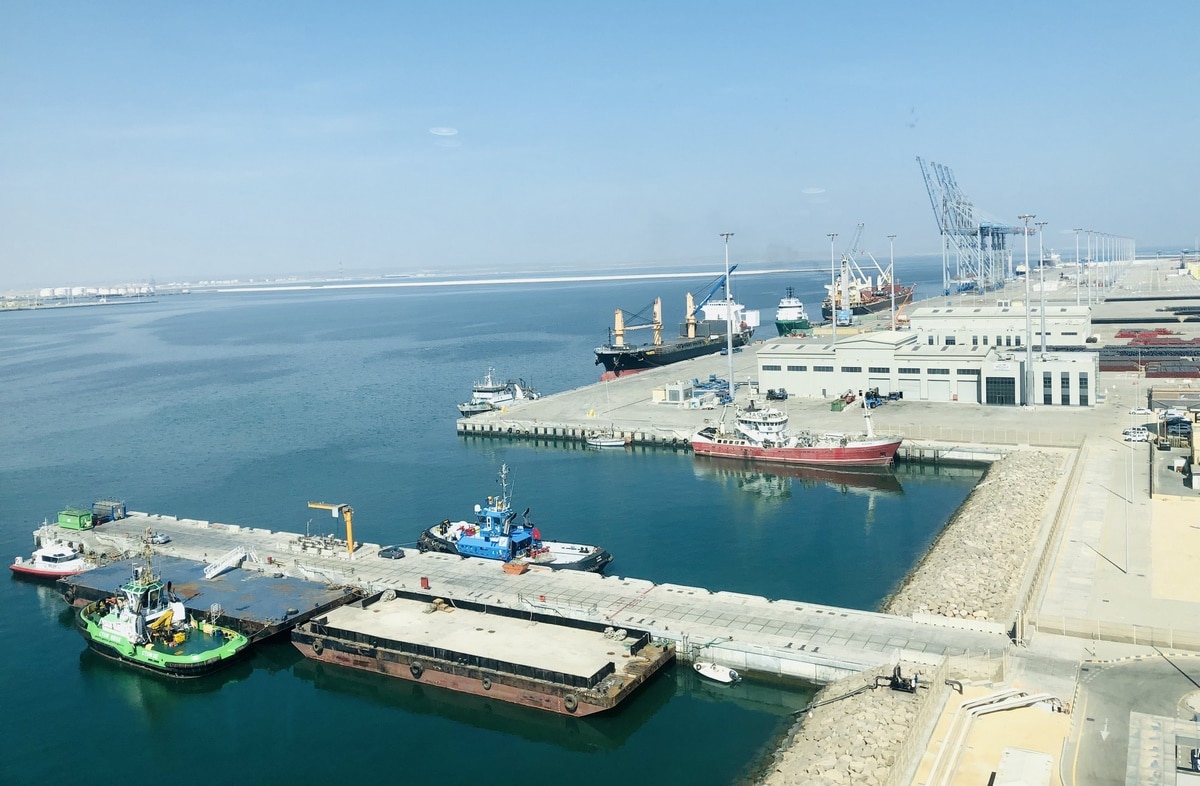

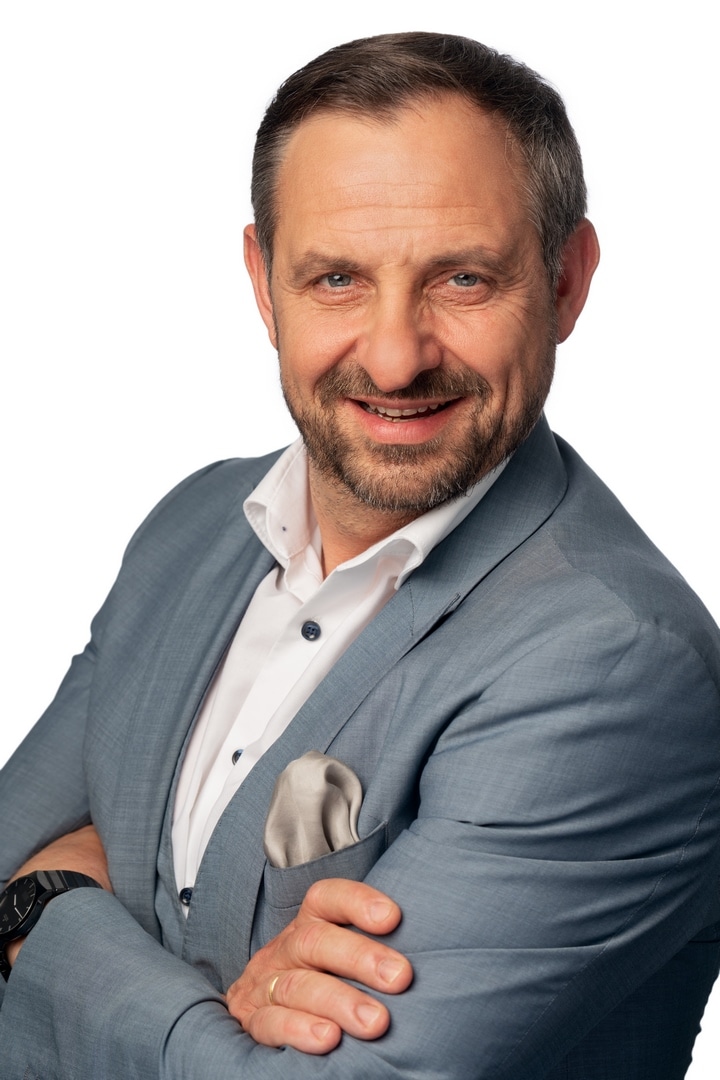
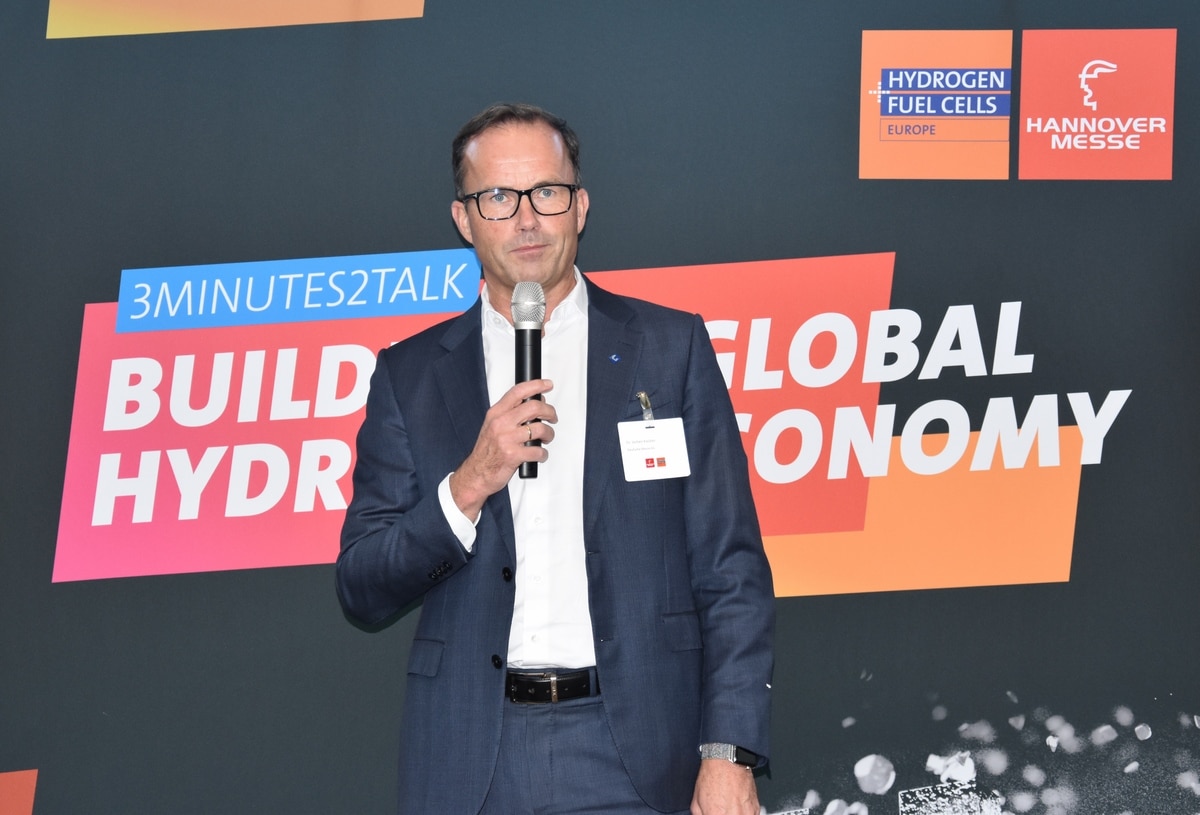
0 Comments